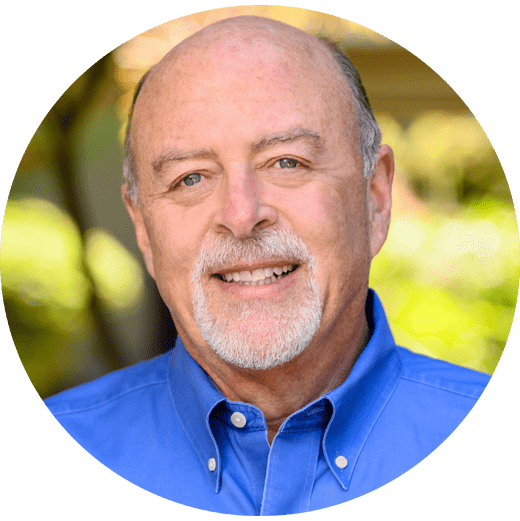 A long-term donor and supporter of campus and former employee in the early 1980s (as an ESL instructor, director of the Institute for Computer Science, and a University Extension program director), Steve has been expressing enthusiasm in recent years for the Seymour Center, for climate and ocean science, and for our astronomy program, which he has supported since 2015 through the annual Mandel Lecture in Astronomy (held at the Rio Theatre) and as mentor in the Osterbrock Leadership Program for astronomy and astrophysics grad students and postdocs.
A long-term donor and supporter of campus and former employee in the early 1980s (as an ESL instructor, director of the Institute for Computer Science, and a University Extension program director), Steve has been expressing enthusiasm in recent years for the Seymour Center, for climate and ocean science, and for our astronomy program, which he has supported since 2015 through the annual Mandel Lecture in Astronomy (held at the Rio Theatre) and as mentor in the Osterbrock Leadership Program for astronomy and astrophysics grad students and postdocs.
Steve founded Mandel Communications. For 30 years, he has been in the business of providing performance-based consulting and training to science and technology companies around the globe. Students in the Osterbrock Leadership Program have benefitted from the communications workshop he offers them every year.
Steve is an accomplished astrophotographer and established a robotic observatory in the mountains of New Mexico where he imaged previously unseen structures called high-galactic latitude dust clouds. Steve was a co-author on papers in the Astrophysics Journal and was awarded the prestigious Chambliss Award for his work by the American Astronomical Society. He is also an award-winning wildlife photographer, with his work juried into the Smithsonian Natural History Museum for public display. His photos and articles have appeared in NASA publications, Smithsonian books, Sky and Telescope Magazine, Forbes, The New York Times, and other domestic and international publications.
In 2007 Steve established the Lions of Gir Foundation, a nonprofit, to address the needs of the critically endangered Asiatic Lions of the Gir Forest in India. The Foundation now operates two additional programs: Oceans360 (providing underwater 3D VR videos for ocean conservation education) and OceansMicro (live-streaming life in a drop of seawater to students in biology classrooms.)
For the past three years he has been working with the California Academy of Sciences, helping to identify fossil microorganisms (diatoms) in their extensive collection of slides, as well as photographing many of the microorganisms in his lab at the Academy.
He is currently a research Associate at UCSC in both the Institute of Marine Sciences and the Department of Astronomy and Astrophysics.
